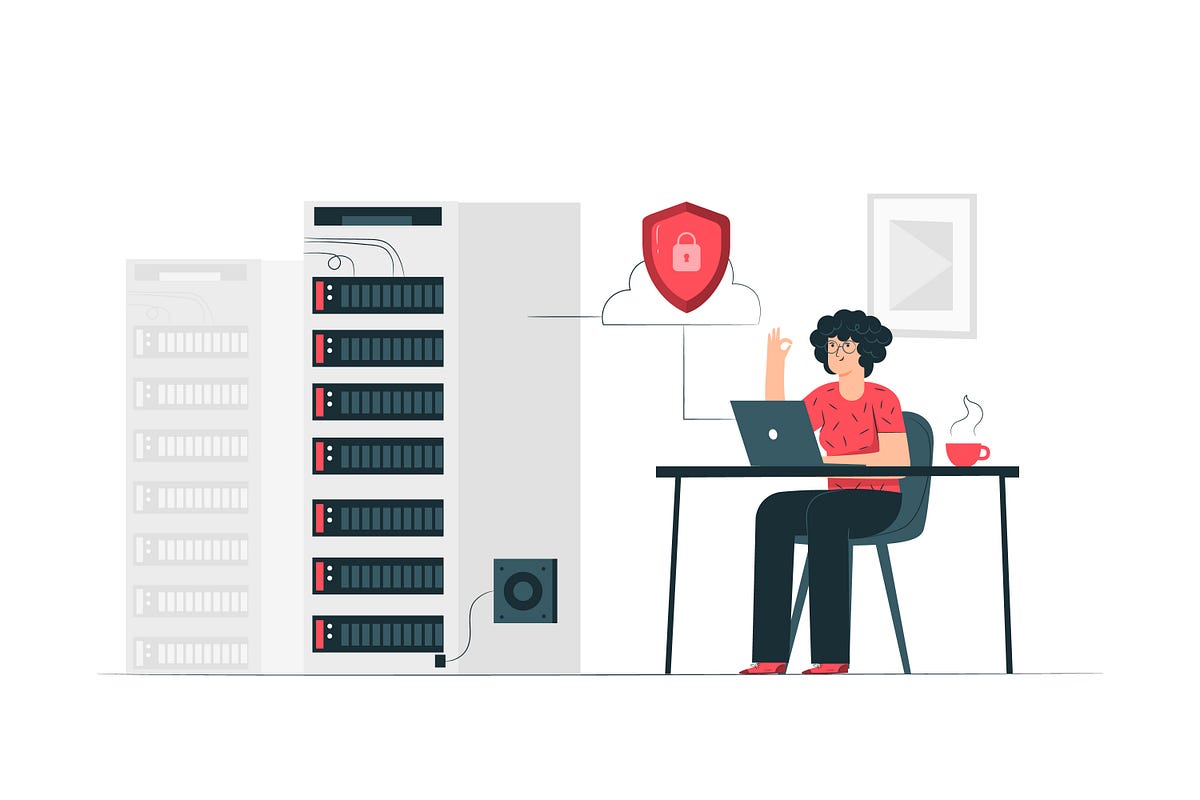BOOK THIS SPACE FOR AD
ARTICLE ADBug bounty hunting often involves uncovering vulnerabilities in admin panels. One of the simplest yet most effective methods to exploit misconfigurations is by leveraging default credentials. Despite being an elementary security lapse, many companies deploy systems with factory-set usernames and passwords that remain unchanged. This article combines a comprehensive list of default credentials and actionable tips for ethical hackers to identify and responsibly report such weaknesses.
Disclaimer
This guide is for educational purposes only. Always test within the scope of authorized bug bounty programs and never attempt to exploit systems without proper permission.
---
Default credentials are pre-set usernames and passwords provided by software vendors or device manufacturers for initial configuration. These credentials are usually documented in manuals or online resources. When left unchanged, they become a glaring security risk.
---
1. Content Management Systems (CMS)
WordPress
Username: adminPassword: admin, password, or 123456Joomla
Username: adminPassword: admin, admin123, or passwordDrupal
Username: adminPassword: admin, drupal, or 1234TYPO3
Username: adminPassword: passwordOpenCart
Username: adminPassword: admin123---
2. E-Commerce Platforms
Magento
Username: adminPassword: admin123Shopify (Developer Mode)
Username: adminPassword: shopify123PrestaShop
Username: demo@example.comPassword: prestashop_demoWooCommerce (WordPress)
Username: adminPassword: woocommerce123---
3. Web Frameworks and Developer Tools
phpMyAdmin
Username: rootPassword: root or blankJenkins
Username: adminPassword: admin, jenkins123, or passwordTomcat (Apache)
Username: adminPassword: admin, password, or 1234WebLogic (Oracle)
Username: weblogicPassword: weblogic1Django (Development Server)
Username: adminPassword: admin, djangoLaravel (Debug Mode)
Username: adminPassword: laravel123---
4. Networking and Security Devices
Cisco Devices
Username: adminPassword: ciscoD-Link Routers
Username: adminPassword: adminNetgear Routers
Username: adminPassword: passwordFortinet (FortiGate)
Username: adminPassword: blankPalo Alto Networks
Username: adminPassword: admin---
5. Database Management Systems
MySQL
Username: rootPassword: root or passwordMongoDB
Username: adminPassword: admin, mongoPostgreSQL
Username: postgresPassword: postgresOracle Database
Username: sysPassword: oracle---
6. SaaS and Enterprise Tools
Zimbra Mail Server
Username: adminPassword: zimbraSalesforce (Testing Environment)
Username: testadminPassword: salesforce123SAP NetWeaver
Username: SAP*Password: PASSServiceNow
Username: adminPassword: admin123---
7. IoT Devices
Ring Cameras
Username: adminPassword: 123456Hikvision Cameras
Username: adminPassword: 12345TP-Link Smart Devices
Username: adminPassword: admin---
8. Miscellaneous Panels
CPanel
Username: rootPassword: password, cpanelWHM (Web Host Manager)
Username: rootPassword: whmadminPlesk
Username: adminPassword: setupDirectAdmin
Username: adminPassword: admin---
Step 1: Locate Admin Panels
Use tools like Gobuster, FFUF, or Burp Suite to identify admin login portals.
Common directories: /admin, /login, /dashboard.
Step 2: Test Default Credentials
Manually test the default credentials provided above.
For automation, use tools like Hydra or Medusa, but ensure you're within the program's scope.
Step 3: Report the Vulnerability
Include details like the URL, credentials used, and the potential impact of the exploit in your bug report.
Use a clear, professional tone and suggest remediation steps, such as enforcing password changes during setup.
---
Scope: Always test within the authorized boundaries of a bug bounty program.
Rate Limiting: Avoid triggering IP bans or alerts by pacing your requests.
Transparency: Maintain logs of your actions for accountability.
---
Default credentials represent low-hanging fruit for ethical hackers but can lead to significant vulnerabilities. By leveraging the extensive list provided here, you can enhance your reconnaissance and reporting capabilities while contributing to a safer digital ecosystem.
Have more default credentials to add or tips to share? Drop a comment or reach out!
.png)
 1 day ago
11
1 day ago
11 














 Bengali (Bangladesh) ·
Bengali (Bangladesh) ·  English (United States) ·
English (United States) ·